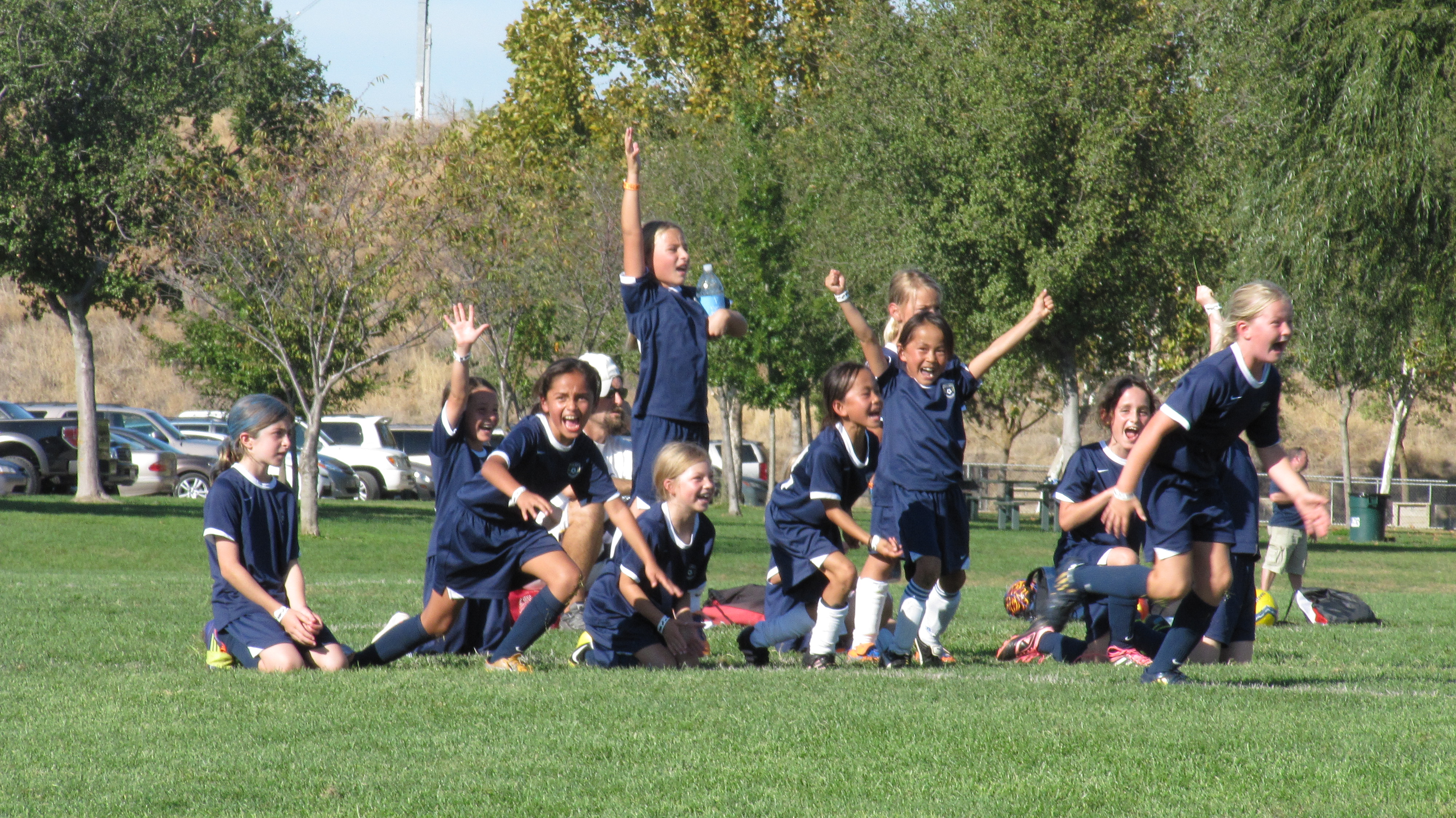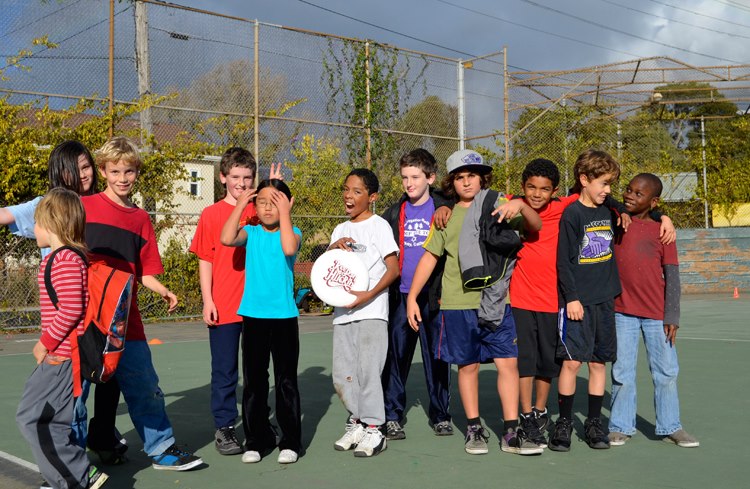An article in the San Francisco Chronicle regarding access to youth athletics recently caught my eye.
 This excerpt captures the crux of the issue:
This excerpt captures the crux of the issue:
“An increase in specialization in youth sports, where athletes play one sport year-round, has also increased the popularity of private athletic clubs that charge parents thousands of dollars each year so their kids can play and travel around the country. This trend has altered the landscape of youth sports, turning many into playgrounds for the privileged. As a result, sports like soccer, baseball and volleyball are becoming upper-class sports in America.”
As a mom of two and a veteran teacher at an independent school that works extremely hard around issues of inclusivity and equity, I relate to this issue firsthand.
At my school, we don’t give out scholarships to move away from the old model of feeling like it’s some sort of handout for families; instead we operate on an “indexed tuition” model, where every family’s tuition falls somewhere on this index depending on income, expenses, cost of living, etc. We purposely ensure a wide range of social opportunities for students and their parents, making sure there is something for every interest, socioeconomic class and culture. We know that cultivating and sustaining diversity of all kinds benefits every single member of our community.
 At my home, my two young girls show remarkable talent, passion and drive on the soccer pitch. My ten year olds have already been playing club soccer for two seasons. The issue of cost is not just the (dare I say) exorbitant dues for the season, the travel expenses and the uniforms, but it’s also a myriad of hidden costs that result when spending a lot of time immersed in an affluent culture where assumptions about values and financial means abound. For example, a friend whose daughter plays on another club team recently bemoaned a team surfing outing where everyone was expected to drop $80 for the privilege of getting to spend one afternoon together as a team off the field. Certainly people have the best intentions, but there is often precious little sensitivity to socioeconomic diversity when there is little diversity among those making both the big and the small decisions.
At my home, my two young girls show remarkable talent, passion and drive on the soccer pitch. My ten year olds have already been playing club soccer for two seasons. The issue of cost is not just the (dare I say) exorbitant dues for the season, the travel expenses and the uniforms, but it’s also a myriad of hidden costs that result when spending a lot of time immersed in an affluent culture where assumptions about values and financial means abound. For example, a friend whose daughter plays on another club team recently bemoaned a team surfing outing where everyone was expected to drop $80 for the privilege of getting to spend one afternoon together as a team off the field. Certainly people have the best intentions, but there is often precious little sensitivity to socioeconomic diversity when there is little diversity among those making both the big and the small decisions.
In addition to being a mom and a teacher, I am also deeply imbedded in the Ultimate Frisbee community. I have played “disc” for most of my adult life and serve on the Board of Directors of Bay Area Disc Association, a non-profit organization that has done amazing work in its five year life to support and grow the sport — particularly among youth. The youth Ultimate programs are unbelievably affordable and accessible to all, a refreshing change of pace from the direction of other “mainstream” youth sports.
Ultimate’s accessibility helps fuel the sport’s rapid growth and recognition in recent years, and it continues to grow in popularity, including right here in the Bay Area — a remarkable hotbed of high level play and home to the top teams in the world:
 Bay Area Disc Association continues to expand youth Ultimate playing opportunities for all children and gives back to our community by offering after school programs and coaching clinics for PE teachers at underserved schools through Playworks. All kids need is a pair of cleats and they’re ready to play in one of the fastest growing sports in the country, learn about “The Spirit of the Game” and conflict resolution, meet a wide diversity of other kids from all over the Bay Area with a range of athletic experience — and get an amazing workout to boot!
Bay Area Disc Association continues to expand youth Ultimate playing opportunities for all children and gives back to our community by offering after school programs and coaching clinics for PE teachers at underserved schools through Playworks. All kids need is a pair of cleats and they’re ready to play in one of the fastest growing sports in the country, learn about “The Spirit of the Game” and conflict resolution, meet a wide diversity of other kids from all over the Bay Area with a range of athletic experience — and get an amazing workout to boot!
As a parent and an educator, I’m thankful for the benefits Ultimate provides today’s youth.
 — Darcy Ellsworth Yow
— Darcy Ellsworth Yow
Parent, teacher and Bay Area Disc Association Board Member
Bay Area Disc is a 501(c)(3) non-profit organization that relies on individual donations to fund its work. Make a donation to strengthen the Ultimate community and create opportunities for youth Ultimate athletes to interact, develop and compete.
Ultimate frisbee is just such a fun activity for kids and parents alike. You’re running around like crazy but you’re having so much fun you don’t even realize how much work you are putting in. It’s a game that anyone can join at any time and learning the fundamentals isn’t nearly as hard as it is in other sports.